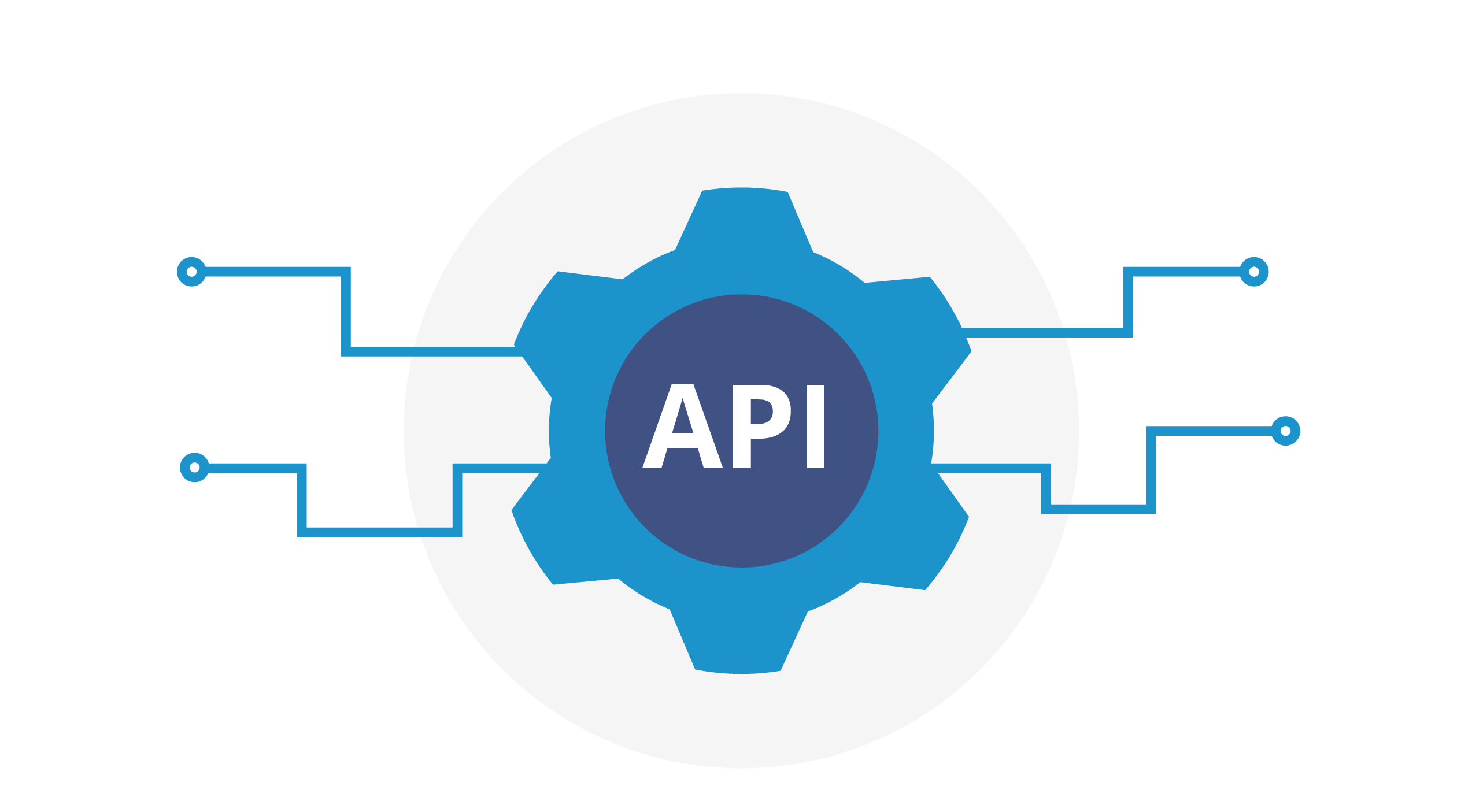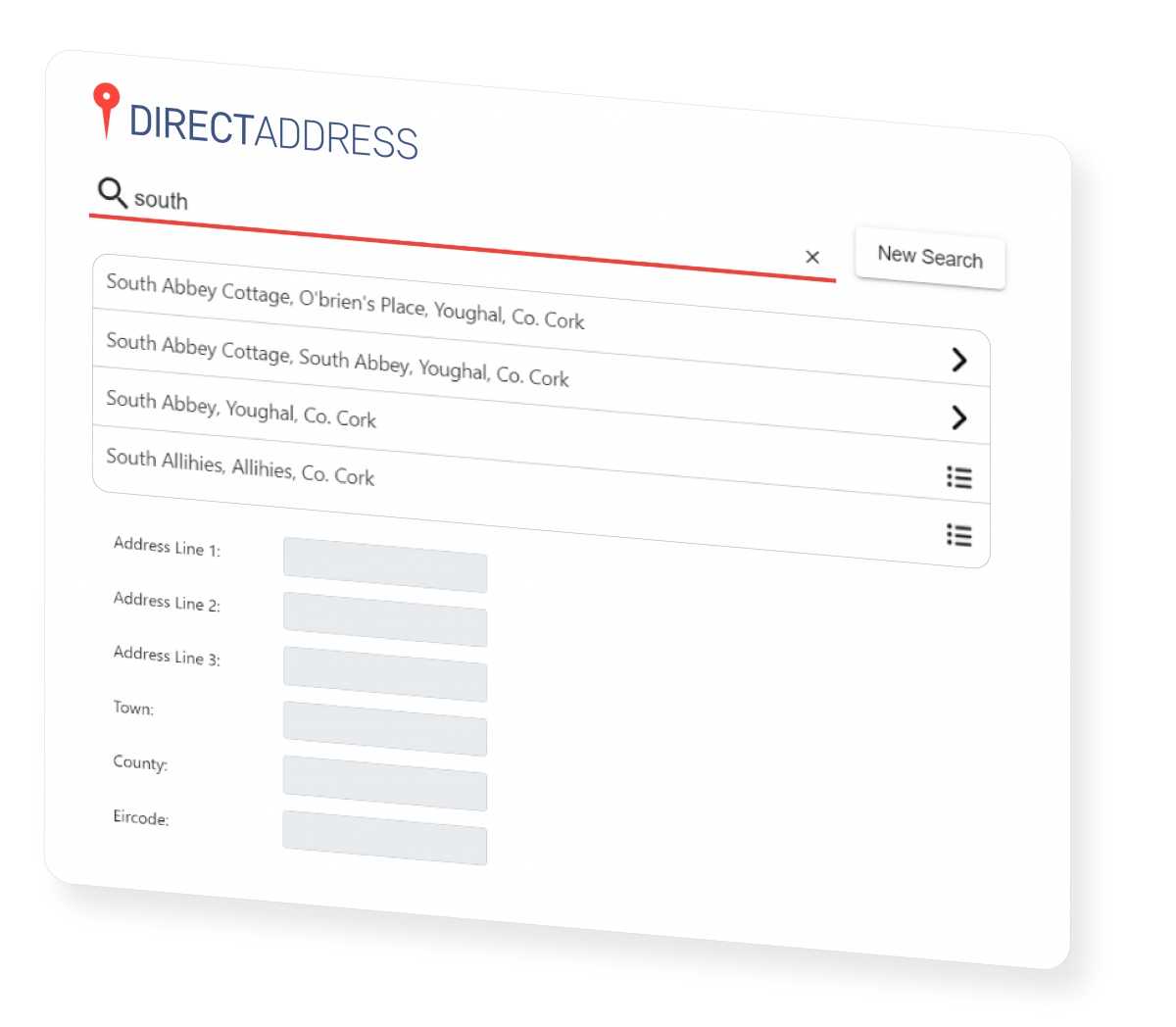
API Services
Integrate your systems & applications.
We help your applications and services communicate with one another.
We help your applications and services communicate with one another.
Custom API Build
Dataconversion are experts in the design and development of custom APIs to enable our clients to extend the functionality of their applications.
Our APIs can be built using a number of protocols including:

Custom API Build
Dataconversion are experts in the design and development of custom APIs to enable our clients to extend the functionality of their applications.
Our APIs can be built using a number of protocols including:

API Integration
Two or more applications can be connected to each other via APIs. This allows one application to leverage the functionality in another application and store, display or re-process the returned data set.
Using APIs, we can connect individual elements of your technology systems to allow the separate systems to seamlessly exchange data.
API Integration
Two or more applications can be connected to each other via APIs. This allows one application to leverage the functionality in another application and store, display or re-process the returned data set.
Using APIs, we can connect individual elements of your technology systems to allow the separate systems to seamlessly exchange data.
API Security
When developing APIs to integrate with systems outside your organisation or on a WAN, we ensure that any additional security measures are part of the development effort. Rigorous testing and security checks are also performed prior to your API going live.
We employ the following practices to ensure maximum API security:

API Security
When developing APIs to integrate with systems outside your organisation or on a WAN, we ensure that any additional security measures are part of the development effort. Rigorous testing and security checks are also performed prior to your API going live.
We employ the following practices to ensure maximum API security:
We’ve created APIs for:




We’ve created APIs for:



Contact Us
Simply call us on +353 1 8041298 or pop your business email in the field below, hit the ‘contact us’ button and we’ll be in touch!
Want to find out more?
Simply call us on +353 1 8041298 or pop your business email in the field below, hit the ‘contact us’ button and we’ll be in touch!


![DirectAddress-Header-01[1] DirectAddress](https://dataconversion.ie/wp-content/uploads/2020/11/DirectAddress-Header-011-e1606133599855.png)
